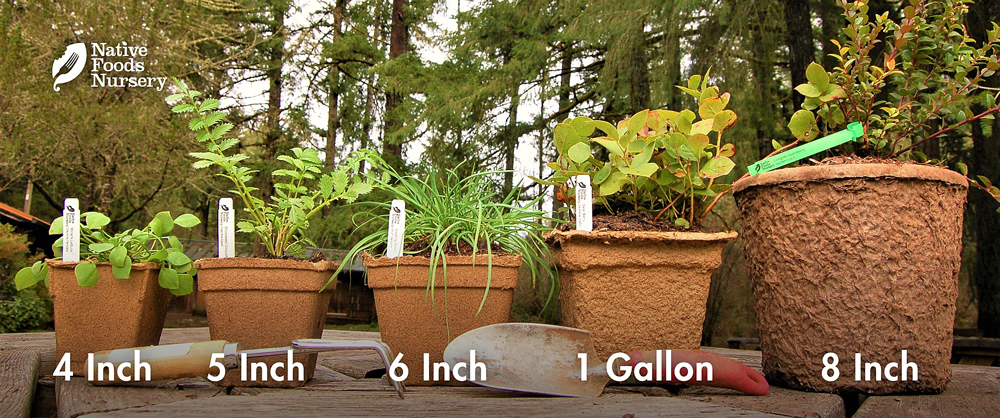Dwarf Checkerbloom is a rare (and threatened) perennial vegetable with tender, edible leaves in early Spring and beautiful, rose-colored flowers in early Summer.
Edible Uses
Both leaves and flowers have a mild and pleasant taste - raw or cooked - and can be added to salads, soups, or mixed into other dishes like any potherb. Leaves often have tiny fuzzy hairs; young leaves are the most tender.
Native Americans used this plant for food and medicine. In fact, many species in the Mallow family have been used for food and medicine by numerous global cultures for thousands of years. Mallows are very high in vitamins and minerals, especially Vitamin A.
Ornamental Qualities
This herbaceous plant has showy, long-lasting rose-colored flowers and heart-shaped basal leaves. It’s a welcome addition to wildflower gardens, along borders, or amidst other sun-loving groundcovers (it tends to spread), like Oregon Stonecrop, Nodding Onion, or Early Blue Violet .
Environment and Culture
Loss of native habitat is leading to serious declines in this native, edible species. By growing Dwarf Checkerbloom, you’ll help ensure its survival in our region. It is an important pollen source for various native insects, bees, and butterflies - including the endangered Fender’s Blue Butterfly. Its wild home is in valley and mountain meadows through Oregon and Washington - both wet and dry.
Its wild companions include Great Camas, Broadleaf Lupine, and other wild lilies. It grows by strong rhizomes and can root from fallen stems. It’s very low-maintenance and quite drought tolerant.
Harvest, Care, and Preparation
Harvest of Dwarf Checkerbloom is easy. Leaves and flowers of this native food can be picked or snipped from plant any time. Leaves can be added raw to salads or smoothies or cooked into any dish that calls for greens, including pestos, frittatas, lasagnas, and more. The leaves are somewhat mucilaginous, and can be also used to thicken soups. Flowers are best eaten raw added to salads. Enjoy this healthy, native vegetable!
- Native Range: OR, WA
- USDA zones: 6-10
- Ease of Care: Easy
- Deer Resistance: Moderate
- Light Requirements: Full Sun - Part Shade
- Soil Type: Any, prefers well-drained
- Water Requirements: Prefers moist, can tolerate drought
- Pollination: Self-Fertile, usually
- Bearing Age: 1 year from seed
- Size at Maturity: 2 ft
- Plant Spacing: 2 ft
- Bloom Time: May/June
- Harvest Time: Spring leaves, Summer flowers
Pot Sizing Guide
